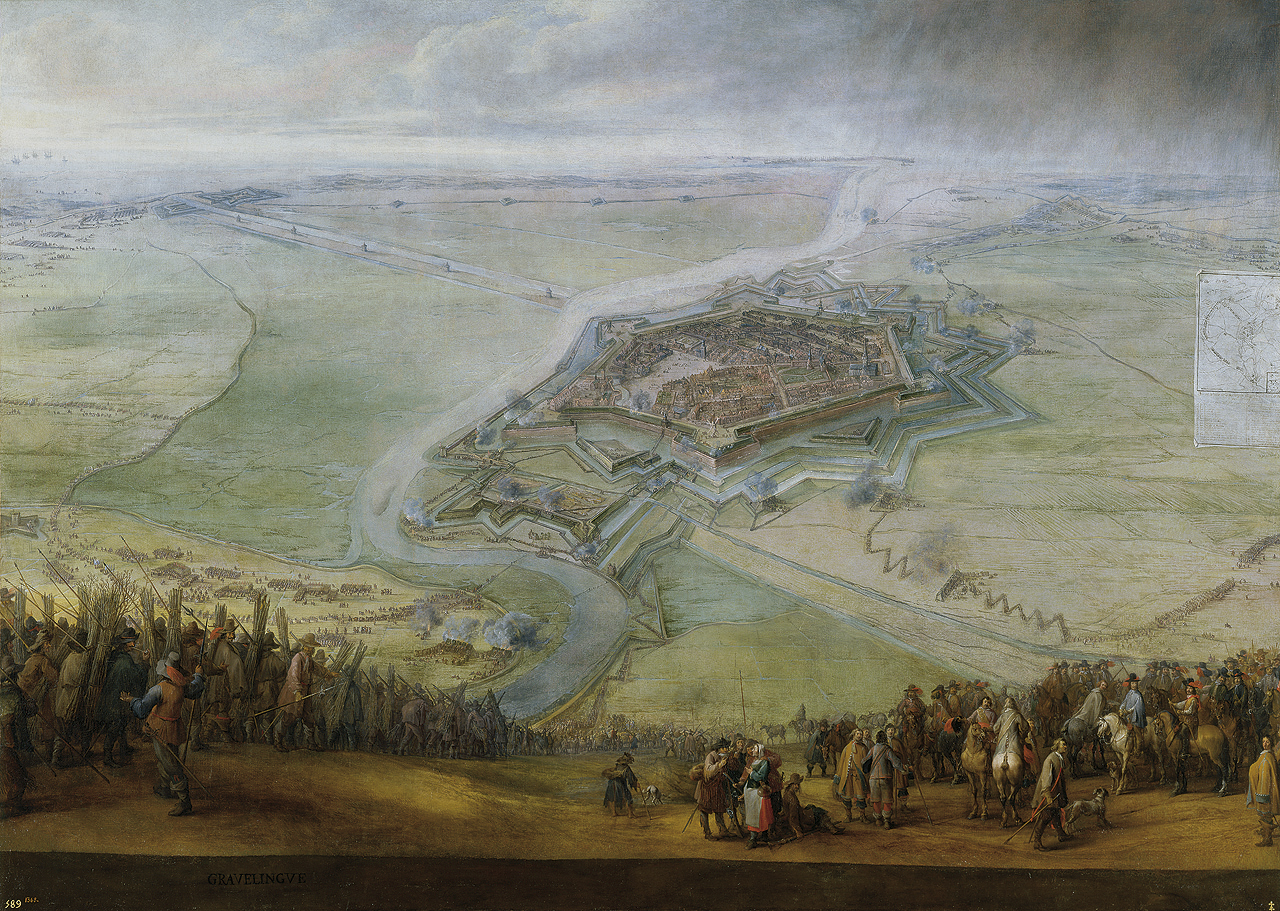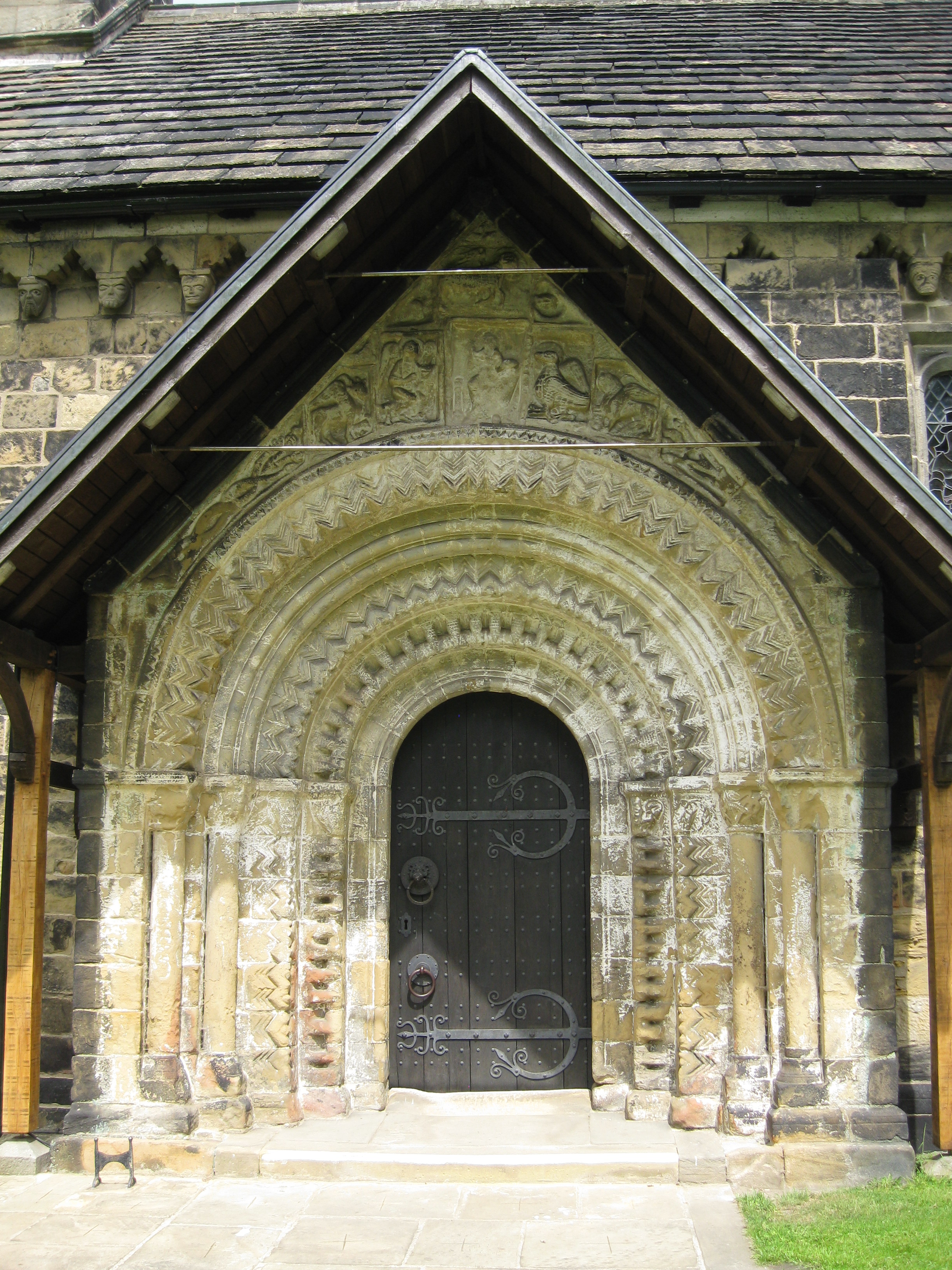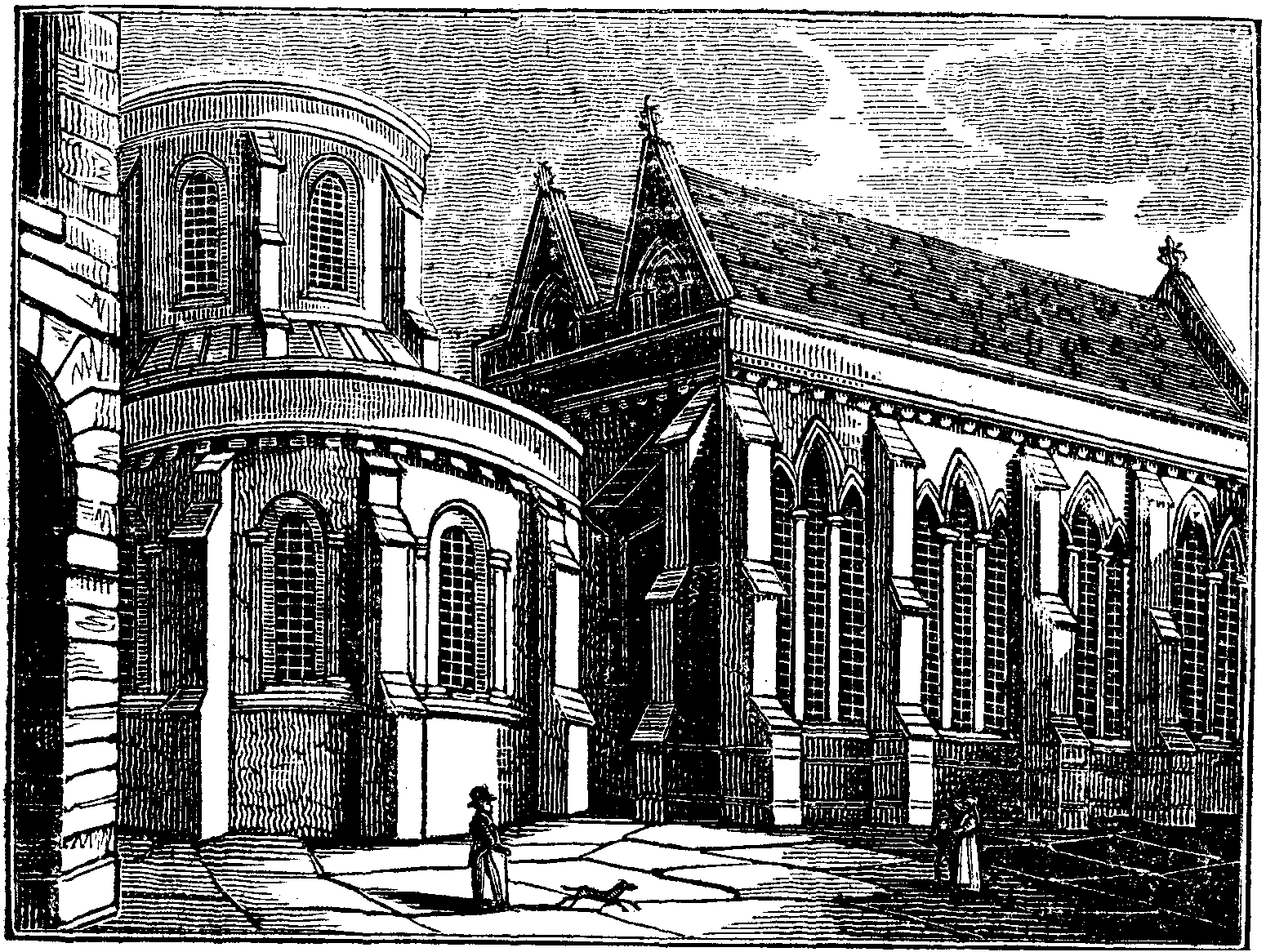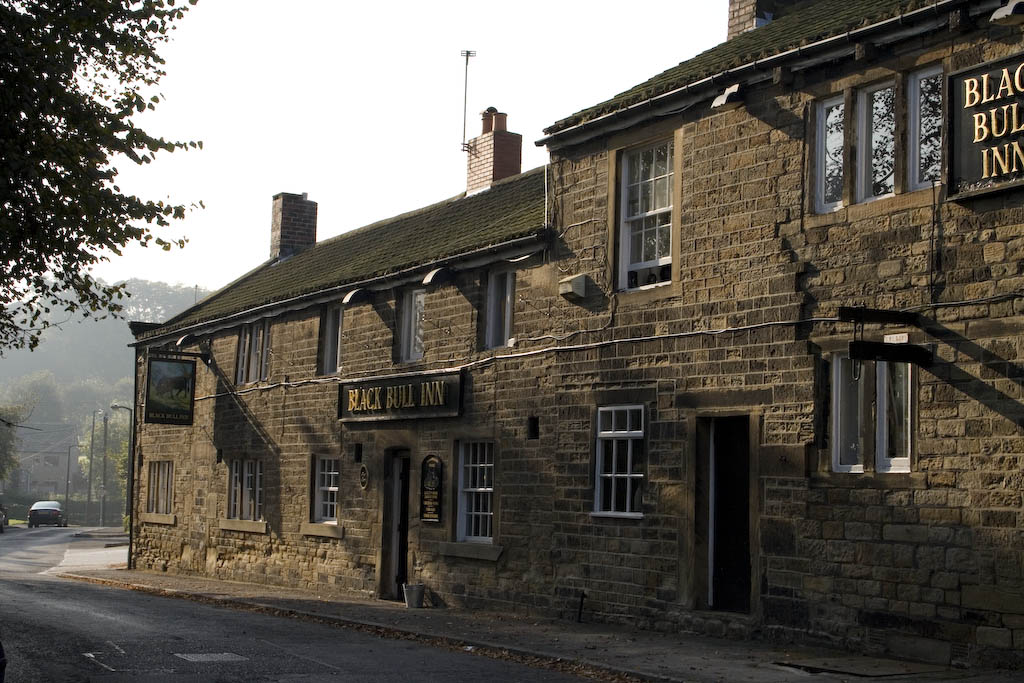|
William Ermested
William Ermested (died 31 October 1558) was a Canon of Windsor from 1554 – 1558 and Master of the Temple. Having previously graduated M.A. at a university abroad, Ermested was incorporated at Oxford on 12 December 1527, and graduated B.D. on 12 December 1527, later advancing to D.D. Career He was appointed: *Rector of Fryerning, Essex, 1533 *Vicar of Birstall, West Yorkshire, 1535 *Rector of Adel, West Yorkshire, 1536 *Prebendary of Neasden at St Paul's Cathedral, 1539–1558 *Rector of Kislingbury, Northamptonshire, 1542–1558 *Vicar of All Saints' Church, Northampton, 1545–1550 * Master of the Temple He re-founded Ermysted's Grammar School in Skipton in 1548. He was appointed to the twelfth stall in St George's Chapel, Windsor Castle St George's Chapel at Windsor Castle in England is a castle chapel built in the late-medieval Perpendicular Gothic style. It is both a Royal Peculiar (a church under the direct jurisdiction of the monarch) and the Chapel of the Orde ... [...More Info...] [...Related Items...] OR: [Wikipedia] [Google] [Baidu] |
Dean And Canons Of Windsor
The Dean and Canons of Windsor are the ecclesiastical body of St George's Chapel at Windsor Castle. Foundation The college of canons was established in 1348 by Letters Patent of King Edward III. It was formally constituted on the feast of St Andrew the Apostle, 30 November 1352, when the statutes drawn up by William Edington, bishop of Winchester, as papal delegate, were solemnly delivered to William Mugge, the warden of the college. Accepting that the process of foundation took several years to complete, the college takes the year 1348 as its formal date of foundation. Costume Three ancient monumental brasses survive depicting canons of Windsor, wearing the mantle of the Order of the Garter, purple in colour, with a circular badge on the left shoulder, displaying: ''Argent, a cross gules'' (a Saint George's Cross): #c. 1370. Roger Parkers, North Stoke, Oxfordshire (half effigy with inscription; head lost). #1540. Roger Lupton, LL.D., Provost of Eton College and Canon ... [...More Info...] [...Related Items...] OR: [Wikipedia] [Google] [Baidu] |
St Paul's Cathedral
St Paul's Cathedral is an Anglican cathedral in London and is the seat of the Bishop of London. The cathedral serves as the mother church of the Diocese of London. It is on Ludgate Hill at the highest point of the City of London and is a Grade I listed building. Its dedication to Paul the Apostle dates back to the original church on this site, founded in AD 604. The present structure, dating from the late 17th century, was designed in the English Baroque style by Sir Christopher Wren. Its construction, completed in Wren's lifetime, was part of a major rebuilding programme in the city after the Great Fire of London. The earlier Gothic cathedral (Old St Paul's Cathedral), largely destroyed in the Great Fire, was a central focus for medieval and early modern London, including Paul's walk and St Paul's Churchyard, being the site of St Paul's Cross. The cathedral is one of the most famous and recognisable sights of London. Its dome, surrounded by the spires of Wren's City chur ... [...More Info...] [...Related Items...] OR: [Wikipedia] [Google] [Baidu] |
Canons Of Windsor
The Dean and Canons of Windsor are the ecclesiastical body of St George's Chapel at Windsor Castle. Foundation The college of canons was established in 1348 by Letters Patent of King Edward III. It was formally constituted on the feast of St Andrew the Apostle, 30 November 1352, when the statutes drawn up by William Edington, bishop of Winchester, as papal delegate, were solemnly delivered to William Mugge, the warden of the college. Accepting that the process of foundation took several years to complete, the college takes the year 1348 as its formal date of foundation. Costume Three ancient monumental brasses survive depicting canons of Windsor, wearing the mantle of the Order of the Garter, purple in colour, with a circular badge on the left shoulder, displaying: ''Argent, a cross gules'' (a Saint George's Cross): #c. 1370. Roger Parkers, North Stoke, Oxfordshire (half effigy with inscription; head lost). #1540. Roger Lupton, LL.D., Provost of Eton College and Canon o ... [...More Info...] [...Related Items...] OR: [Wikipedia] [Google] [Baidu] |
1558 Deaths
__NOTOC__ Year 1558 ( MDLVIII) was a common year starting on Saturday (link will display the full calendar) of the Julian calendar. Events January–June * January 7 – French troops, led by Francis, Duke of Guise, take Calais, the last continental possession of the Kingdom of England, in the Siege of Calais. * January 22 – The Livonian War begins. * February 2 – The University of Jena is founded in Thuringia, Germany. * February 5 – Arauco War: Pedro de Avendaño, with sixty men, captures Caupolicán (the Mapuche Gran Toqui), who is leading their first revolt against the Spanish Empire (near Antihuala), encamped with a small band of followers. * March 8 – The city of Pori ( sv, Björneborg) was founded by Duke John on the shores of the Gulf of Bothnia. * April 24 – Mary, Queen of Scots, marries Francis, Dauphin of France, at Notre Dame de Paris. July–December * July 13 – Battle of Gravelines: In France, Spanish fo ... [...More Info...] [...Related Items...] OR: [Wikipedia] [Google] [Baidu] |
St George's Chapel, Windsor Castle
St George's Chapel at Windsor Castle in England is a castle chapel built in the late-medieval Perpendicular Gothic style. It is both a Royal Peculiar (a church under the direct jurisdiction of the monarch) and the Chapel of the Order of the Garter. St George's Chapel was founded in the 14th century by King Edward III and extensively enlarged in the late 15th century. It is located in the Lower Ward of the castle. The castle has belonged to the monarchy for almost 1,000 years and was a principal residence of Elizabeth II before her death. The chapel has been the scene of many royal services, weddings and burials – in the 19th century, St George's Chapel and the nearby Frogmore Gardens superseded Westminster Abbey as the chosen burial place for the British royal family. The running of the chapel is the responsibility of the dean and Canons of Windsor who make up the College of Saint George. They are assisted by a clerk, verger and other staff. The Society of the Friends of St Ge ... [...More Info...] [...Related Items...] OR: [Wikipedia] [Google] [Baidu] |
Skipton
Skipton (also known as Skipton-in-Craven) is a market town and civil parish in the Craven district of North Yorkshire, England. Historically in the East Division of Staincliffe Wapentake in the West Riding of Yorkshire, it is on the River Aire and the Leeds and Liverpool Canal to the south of the Yorkshire Dales. It is situated north-west of Leeds and west of York. At the 2011 Census, the population was 14,623. The town was listed in the 2018 ''Sunday Times'' report on Best Places to Live in northern England. History The name Skipton means 'sheep-town', a northern dialect form of ''Shipton''. Its name derives from the Old English ''sceap'' (sheep) and ''tun'' (town or village).The name is recorded in the ''Domesday Book'' of 1086. It was important during the English Civil War and was the site of prisoner of war camps during the First and Second World Wars. Skipton Castle was built in 1090 as a wooden motte-and-bailey by Robert de Romille, a Norman baron. In the 12th ... [...More Info...] [...Related Items...] OR: [Wikipedia] [Google] [Baidu] |
Ermysted's Grammar School
Ermysted's Grammar School is an 11-18 boys voluntary aided grammar school in Skipton, North Yorkshire, England. It was founded by Peter Toller in the 15th century and is the seventh oldest state school in Britain. The first official record of the school was seen in Peter Toller's will in 1492; the school records its establishment as the same year, though its history could possibly be dated to 1468. The school operates a house system. The four houses—Toller, Ermysted, Petyt, and Hartley—are named after key figures in the school's history. When the school operated a boarding house, its boarders were members of School House. There are 840 currently enrolled students. The sixth form is formed from boys graduating Key Stage 4, as well as 20 additional boys. The current headmaster is Michael Evans; his predecessor, Graham Hamilton, retired at the end of the 2015-2016 school year. In 2008, it was reported that the school achieved the best Yorkshire state-school A-level exam result ... [...More Info...] [...Related Items...] OR: [Wikipedia] [Google] [Baidu] |
All Saints' Church, Northampton
All Saints' Church, Northampton is a Church of England parish church in the centre of Northampton. The current church was largely built after a fire and was consecrated in 1680. It is a Grade I listed building. History Simon of St Liz, 1st Earl of Northampton, Simon de Senlis' church of All Hallows, Northampton, England, lasted with medieval alterations until 20 September 1675 when much of the old town was destroyed by the Great Fire of Northampton. The fire began in St Mary's Street, near the castle, and the inhabitants fled to the Market Square, but then were forced to evacuate, leaving the buildings to burn, including All Hallows: The new church After the fire, Charles II of England, Charles II gave a thousand tons of timber for the rebuilding of All Hallows' Church, and one tenth of the money collected for the rebuilding of the town was allocated to the rebuilding of All Hallows', under the management of the King's Lynn architect, Henry Bell (architect), Henry Bell and Ed ... [...More Info...] [...Related Items...] OR: [Wikipedia] [Google] [Baidu] |
Kislingbury
Kislingbury is a village in Northamptonshire, England, about west of Northampton town centre, and close to junctions 15A and 16 of the M1 motorway. The villages name origin is uncertain. 'At the gravelly-place fortification' or perhaps, 'at the fortification of Cysel's people'. Demographics 2001 census data shows 1,221 people resident in the Parish Council area consisting of 591 males and 630 females, in 497 household of which 79.5% were owner occupied or being purchased with a mortgage. At the 2011 census the population had increased to 1,237. Governance The village is currently governed by West Northamptonshire council. Prior to local government changes in 2021 it was in the district council area of South Northamptonshire where it was part of Harpole and Grange ward, together with the parishes of Milton Malsor, Harpole, Rothersthorpe and Gayton. It was within the area of Northamptonshire County Council and is in the Parliamentary Constituency of Daventry. The Member of ... [...More Info...] [...Related Items...] OR: [Wikipedia] [Google] [Baidu] |
St John The Baptist Church, Adel
The Grade I listed, mainly Norman Church of Saint John the Baptist in Adel, Leeds, West Yorkshire, England has been described by Nicholas Pevsner as 'one of the best and most complete Norman churches in Yorkshire'. It is most notable for its magnificent south doorway with surrounding carvings, and highly carved Norman chancel arch. There is also a replica of a 13th-century sanctuary ring on the exterior of the south door, the original having unfortunately been stolen in 2002. The church is an active Anglican parish church in the archdeaconry of Leeds and the Diocese of Leeds. History The church is of Norman origin having been built between 1150 and 1170. Alterations were made in the 14th and 16th centuries. The west gable and bellcote were built between 1838 and 1839 by R. D. Chantrell, who also restored the chancel roof in 1843, while the nave roof was restored in 1879. The paternal grandparents of the Duchess of Cambridge married at Adel Church in December 1946. The ... [...More Info...] [...Related Items...] OR: [Wikipedia] [Google] [Baidu] |
Master Of The Temple
The Temple Church is a Royal peculiar church in the City of London located between Fleet Street and the River Thames, built by the Knights Templar as their English headquarters. It was consecrated on 10 February 1185 by Patriarch Heraclius of Jerusalem. During the reign of King John (1199–1216) it served as the royal treasury, supported by the role of the Knights Templar as proto-international bankers. It is now jointly owned by the Inner Temple and Middle Temple Inns of Court, bases of the English legal profession. It is famous for being a round church, a common design feature for Knights Templar churches, and for its 13th- and 14th-century stone effigies. It was heavily damaged by German bombing during World War II and has since been greatly restored and rebuilt. The area around the Temple Church is known as the Temple. Temple Bar, an ornamental processional gateway, formerly stood in the middle of Fleet Street. Nearby is Temple Underground station. History Construct ... [...More Info...] [...Related Items...] OR: [Wikipedia] [Google] [Baidu] |
Birstall, West Yorkshire
Birstall is a large village in the metropolitan borough of Kirklees, West Yorkshire, England. It is part of Birstall and Birkenshaw ward which had a population of 16,298 at the 2011 census. Historically in the West Riding of Yorkshire, and part of the Heavy Woollen District, the town is approximately south-west of Leeds and situated close to the M62 motorway. The village is situated between Leeds, Bradford, Huddersfield and Wakefield. History Birstall's name is derived from the Old English ''byrh'' and ''stall'' meaning a fortified site. The town is not mentioned in the ''Domesday Book'' but is alluded to as one of two settlements in Gomersal. '' Pigot's National Commercial Directory for 1828–29'' listed it as one of the four villages which make up the township of Gomersal. The hill fort itself would have been situated high above the village, to one side of the present-day Raikes Lane, which heads towards Gildersome, and onto Leeds. In prehistoric days, trackways ran in var ... [...More Info...] [...Related Items...] OR: [Wikipedia] [Google] [Baidu] |







